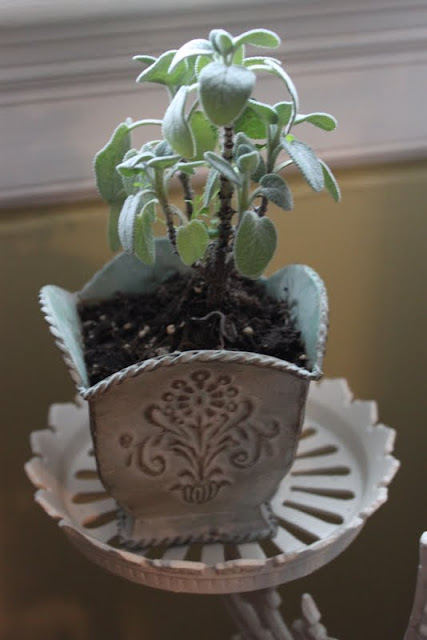As a teenager I went to an all-girls school, one steeped in tradition and programs that recalled English prep schools. One of the big ones was chapel, where we heard guest speakers and senior speeches. Before the program began, we often sang a community song, with sheet music left on every other chair for students to share. The director of the music department would accompany us on the organ or piano, and it felt a little like church, though our school was determined to remain secular.
The regular rotation included "Simple Gifts," a traditional Shaker song about community and dancing. I bet you know it: "Tis a gift to be simple, tis a gift to be free..." I can sing it by heart now, we returned to it so often. Once, in the middle of a rather serious speech, our head of school took a break to perform a traditional Shaker dance. She raised her arms and turned around, all while singing the song alone, which is probably why it's forever emblazoned in my brain.
Anyway, all that is to say that I have a passing acquaintance with the Shakers. So I jumped at the chance to visit Sabbathday Lake Shaker Village when I was in Maine with Josh and his family. While there used to be a number of Shaker communities throughout New England, Ohio, Indiana, and Kentucky, very few remain, and those that do are usually historical recreations. Sabbathday Lake, located in New Gloucester, ME, is different: it houses the three remaining Shaker believers.
Three. In the world.
Originally founded in England in the 1780s, the Shakers were an offshoot of Protestantism that focused on celibacy, hard work, and communal living. Dance formed an integral part of their weekly worship, so outsiders began to term them "Shakers" for their vigorous movements. They quickly spread to the United States and built a number of communities, which reached their height in the early 19th century. But because of their belief in celibacy, the only way to add members was through conversions and fostering children. So membership began to decline, especially as religion became less and less important in mainstream society. Yet three believers remain today.
The tour at Sabbathday Lake reflected this reality in a lot of ways. Only 6 of the 18 buildings in the village were open to us, since the three members still work on the farm and produce crafts and herbs to sell. At the beginning of the tour, our guide gave us a brief history of the Shakers and mentioned that the members of Sabbathday Lake were still accepting new converts. So if any of us were interested... Maybe it's just my sentimental side, but I thought I could sense some sadness behind her joking tone. Yes, the Shakers represent a dying way of life, for a good reason. But it's unfortunate that this lifestyle will pass on.
Most of the rooms we visited felt like part of a museum. There were the period rooms above the meetinghouse, spare and neat, with examples of Shaker furniture and innovations in arranging a house. (The Shakers invented practically everything, it turns out, from "button chairs" that allow you to tip back in your seat to flat brooms.) One room displayed the history of processing apples (again, rife with inventions). On the whole, it didn't feel very much like a place inhabited by real people, doing real work.
What got me thinking that day, besides the quiet rooms and the knowledgeable tour guide, were the constant reminders that this represented the last vestige of a unique lifestyle. That Shaker song I knew? One of thousands composed by early believers, many passed on orally (though many have been written down). The three surviving members spent their early lives apprenticing to the jobs they really wanted, like baking, until they had mastered them. Summer people can join them in their Sunday worship at the 18th-century meetinghouse, where they can participate in a traditional Shaker service. But sometime not so far in the future, only tours will pass through that meetinghouse.
If you're at all interested in the Shakers, Sabbathday Lake is worth the trip. It's a fascinating glimpse into another world.















